Electronic Signatures: A Simple Solution for Radical Transformation

By Caroline Charbonneau, Shareholder & CEO
As the world becomes increasingly focused on artificial intelligence, professionals across industries are exploring how this powerful technology can streamline operations and unlock new efficiencies. However, while we’re eager to embrace AI’s transformative potential, are we overlooking foundational steps that could bring about immediate, tangible improvements? One area often neglected is how businesses handle document signatures—an essential process still stuck in outdated, manual methods. This oversight is creating inefficiencies, especially for HR professionals, and holding businesses back from achieving their full potential.
Through my recent interactions at conferences and industry events, a surprising trend caught my attention: many companies are still using traditional methods for document signing. Some suggest that they want to maintain a “human touch” by sticking with these approaches. But is sending candidates a PDF document, asking them to print, sign, and scan really enhancing that human connection? In reality, it’s an unnecessary hurdle that diminishes their experience and undermines the image of a forward-thinking, people-focused company.
Take the real estate industry as an example. After a period of adjustment, the sector fully embraced electronic signatures, and the results have been remarkable. The impact is so significant that I frequently hear comments like, “eZsign truly saved my transaction!” For real estate professionals, the transition didn’t just streamline operations—it transformed the client experience, allowing them to focus on high-value interactions rather than paperwork.
So why, then, are so many HR departments still relying on old-fashioned methods? Documents like evaluations, hiring forms, employment contracts, and internal policies could all benefit from electronic signature solutions.
The employer brand is increasingly defined by the quality of the candidate and employee experience. By simplifying the signing process, businesses project a modern, agile, and professional image—one that respects the time and convenience of the people they interact with. In today’s competitive talent landscape, these small, practical changes speak volumes.
Before we rush to adopt the next wave of technology like AI, let’s focus on the practical solutions that are already available and proven to make a difference. For HR professionals, electronic signatures are not just about keeping up with the times—they are a strategic move towards greater efficiency, enhanced user experience, and stronger employer branding.
Adopting electronic signatures isn’t simply a step towards modernization. It’s a commitment to operational excellence, human-centered innovation, and the future of work. Let’s make it a priority today.
Related Posts
eZsign Achieves SOC 2 Certification
Share |


